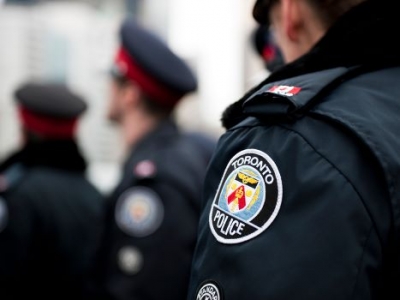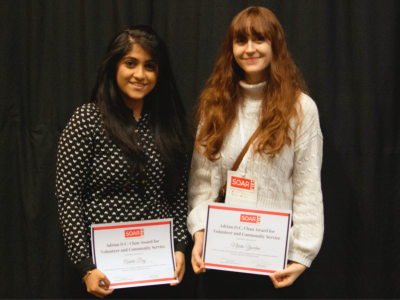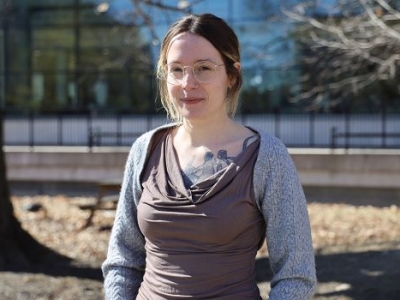LGBTQ2+ older adults who use public services and LGBTQ2+ workers who work in them share similar safety concerns, according to a new research report from Carleton University’s Susan Braedley and her partners.
Usually, service conditions for older adults and working conditions are addressed separately. This research suggests that addressing them together is a more promising approach, but with important implications for public services planning, funding and management.
The report, It’s Got to Be About Safety: Public Services that Work for LGBTQ2+ Older Adults and LGBTQ2+ Workers in Canada is the product of a collaboration between Braedley, a professor in the School of Social Work, Carleton doctoral student Christine Streeter, the Canadian Union of Public Employees, and Egale Canada, who are all involved in Social Science and Humanities Research Council (SSHRC) funded international partnership.
The report focuses on public services used frequently by older adults aged 55 and above, including seniors’ drop-in programs, community health centres, parks, libraries, social housing, hospitals, residential long-term care and home care.
“Our national environmental scan, literature review, interviews and focus groups with LGBTQ2+ older adults and workers have all emphasized that we need to pay attention to how unsafe services are,” said Braedley. “Feeling safe or not safe was something both older adults and workers talked about a lot. Older adults told of having to go back to the closet in their own homes in order to feel safe accessing home care, or being physically assaulted in washrooms.”
Workers told stories about managers who suggested that being “too gay” or working on LGBTQ2+ initiatives might negatively affect their career tracks. LGBTQ2+ older adults and workers’ experiences included physical violence, harassment and outright denial of services and employment.
The report identified a number of issues:
- Concerns of service users and workers overlap in many ways, and so do the solutions. Where LGBTQ2+ workers are safer, LGBTQ2+ older adults are safer, and vice versa.
- LGBTQ2+ older adults and workers face stereotypes, exclusion, discrimination, harassment and violence.
- Racialized, Black, trans, Indigenous, persons with disabilities and low income LGBTQ2+ people face the worst conditions, and their perspectives get erased.
- Responsibility for making public services safer and accessible has fallen disproportionately on workers, letting managers, owners, boards of directors, governments and accreditation agencies off the hook.
- Great work is happening, but it is often isolated and small-scale.
- More change is needed at the systems level.
The report also shares promising practices that will improve safety and accessibility in public services for LGBTQ2+ communities:
- Ensure LGBTQ2+ representation in policy and practice decision-making.
- Engage in organizational change to affirm LGBTQ2+ service users and workers.
- Shift power to diverse LGBTQ2+ communities.
- Make visible LGBTQ2+ affirmation in signs, symbols and celebrations.
- Ensure LGBTQ2+ representation in the workforce.
- Ensure meaningful training throughout the organization to promote LGBTQ2+ safety and accessibility.
The report states that public service providers have a responsibility to ensure service delivery and working conditions are healthy, safe and respectful for everyone, including LGBTQ2+ workers and older adults from all social locations. There has not been sufficient political will to ensure dedicated, stable funding to pay for the required changes to the system. In addition, funding agencies must require accountability measures that address these concerns.
Thursday, March 11, 2021 in Grad Student Research, News
Share: Twitter, Facebook




